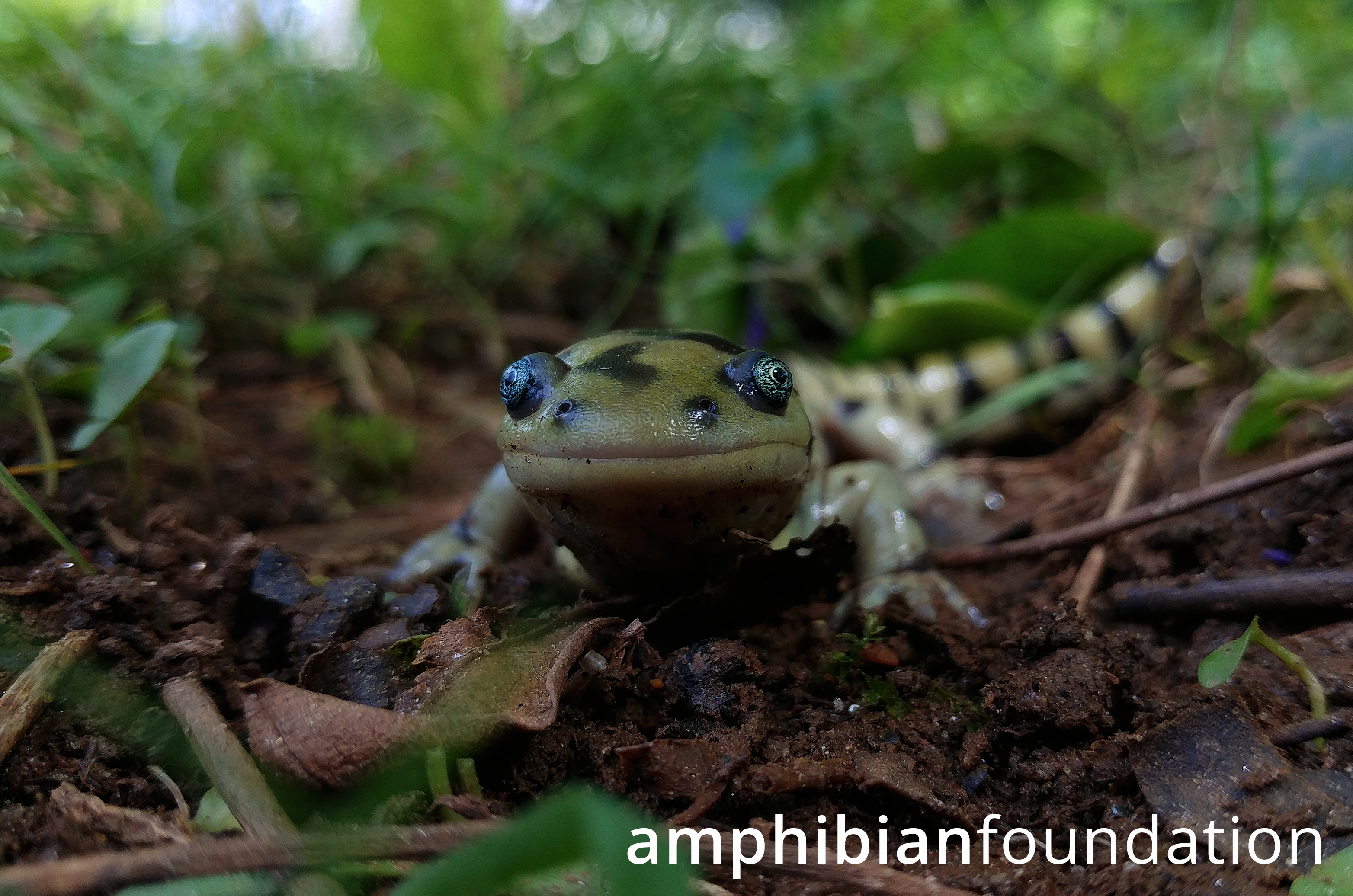The Zoological Society of London recently sponsored a symposium, dedicated to Tim Halliday, on mitigating amphibian diseases, which took place in London on the 24thand 25thof April 2019. Invited speakers came from around the world, and there were a number of contributed posters. Speakers focused on three amphibian diseases (Bd and Bsal chytridiomycosis and ranavirosis), the threat these diseases pose to amphibians and how to mitigate the threats. Considerable progress has been made in understanding the biology of the pathogens, the epidemiology of the diseases and potential mitigation techniques. However, there is currently no silver bullet that can control the pathogens.
The meeting began with overview talks by Phil Bishop and Reid Harris, both of the Amphibian Survival Alliance (ASA). These talks described how ASA, the Amphibian Specialist Group, and Amphibian Ark work together to conserve amphibians. Of note are the ecological consequences of amphibian population declines. For example, woodland salamanders prey on leaf-shredding insects, keeping their abundance down and allowing leaf matter to accumulate. This amounts to carbon being stored in the fallen leaves, however carbon would be released into the atmosphere as CO2should salamanders disappear with likely effects on global warming.
A few talks will be briefly described here, and the abstracts of all of the talks and posters are available at the link below. The role of trade in pathogen movement across large geographic areas was highlighted. Richard Griffiths noted that about 12% of consignments of amphibians arriving in the UK contained Bd-positive animals. And since trade in live amphibians is not as lucrative as other taxa, it might be challenging to find funding to construct bio-secure facilities necessary to conduct a “clean trade” program. It is becoming clear that Bsal was introduced into Europe in the pet trade, and there is evidence that Bd has been moved by humans around the world. Thus, biosecurity protocols are essential to prevent Bsal from being established in North America and to keep all known and currently unknown pathogens from coming into contact with naïve and susceptible amphibian species.
Mitigation efforts include probiotics, and several talks addressed this option (Molly Bletz, Xavier Harrison, Benedikt Schmidt). To date, efforts at adding anti-chytrid bacteria to amphibian skins have led to mixed results. One field study on the California yellow legged frog (Rana muscosa/sierrae) showed that probiotics increased year to year survival by 39% over untreated controls. Evidence was presented that the diversity of the skin microbiome could mitigate the effects of ranavirus. The emerging evidence that microbiome manipulation can be effective suggests that further research in this area will be fruitful. Other areas of research include vaccinations and biocontrol of Bd and Bsal using micro-predators.
The role of aquatic community structure in disease transmission was highlighted in a talk by Jason Hoverman. Using a series of experiments, his group found that predators, by reducing host population density, reduced ranavirus infection prevalence within amphibian communities. These results suggest that incorporating the role of predation in management and conservation strategies could be effective.
Should Bsal arrive in North America, it will infect amphibians already infected with Bd. Ana Longo showed through experiments in the laboratory that co-infections of Bd and Bsal can be worse for eastern newts (Notophthalmus viridescens) than infections with Bsal alone. Therefore, it appears that prior infection with Bd in salamanders tolerant of Bd did not cause any cross-immunity to Bsal, unfortunately.
The symposium ended on a positive note with talks by Roland Knapp and Cori Richards-Zawacki on recovering amphibian populations. It may be that under some circumstances natural selection for disease resistance will lead to population recovery. If so, it could be argued that mitigation measures would be counterproductive since mitigation “rescues” individuals from natural selection. However, until more is known the consensus is to continue to research mitigation methods since some species may not be able to respond to selection for a variety of reasons including limited genetic variation for resistance. In addition, there is evidence that even when some populations do respond to selection for resistance that they decline anyway, again suggesting that research into mitigation measures is imperative.
The abstracts of all the talks are available at this link: https://www.zsl.org/science/whats-on/mitigating-single-pathogen-and-co-infections-that-threaten-amphibian-biodiversity
By: Prof. Reid Harris, Director of International Disease Mitigation, Amphibian Survival Alliance
Photo: Ambystoma tigrinum © Amphibian Foundation

